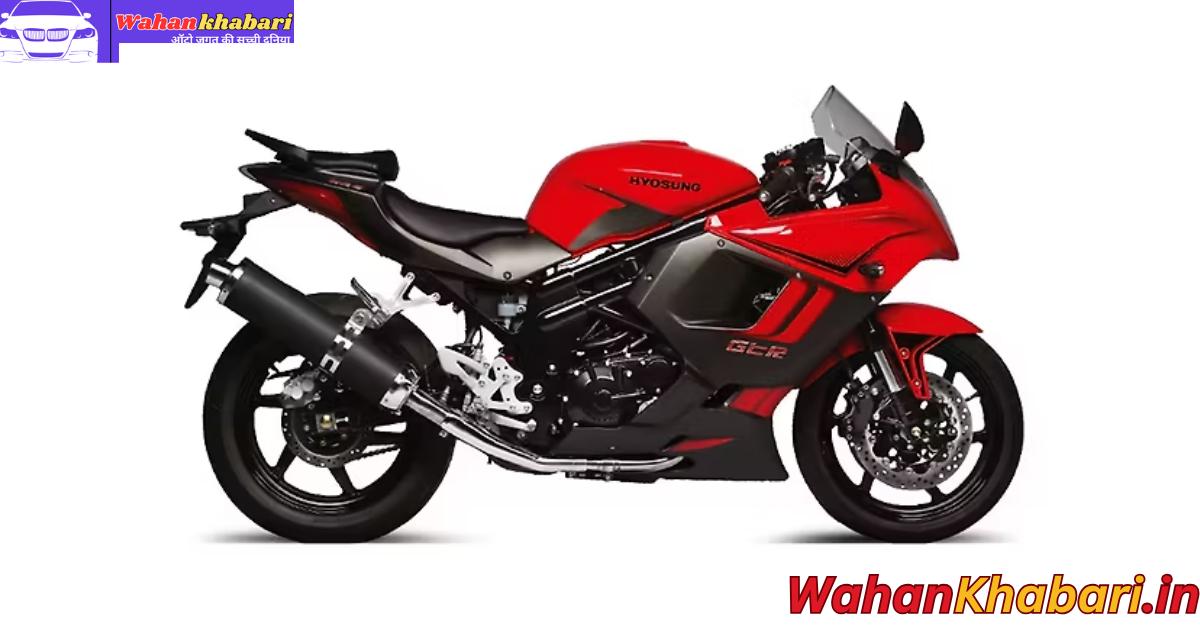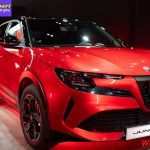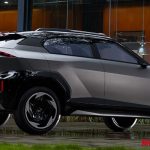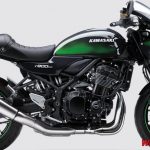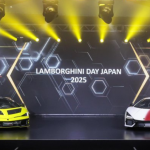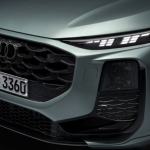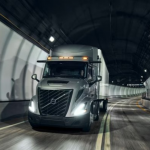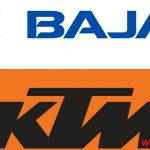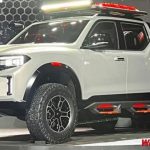1. A Korean Engine Roars to Life
Founded in 1978 as a division of the Hyosung conglomerate in Changwon, South Korea, Hyosung began by building Suzukis under license before launching its own V‑Twin motorcycles in 1986. By the late ’90s and early 2000s, they expanded globally — reaching over 60 countries with small and mid‑sized V‑Twin models .
2. The Iconic Model Line‑Up
Hyosung’s portfolio showcases diversity and depth:
• Comet (GT Series)
- GT125/250/650 in naked, half-fairing (S), and full-fairing (R) configurations.
- The GT650 produces ~79 hp, 136 mph top speed, and a 0–60 in ~4.2 s — formidable for its class.
• Aquila/GV Cruisers
- GV125/250 and larger GV650/Pro650 cruisers.
- Popular in India, especially the Aquila 250: 249 cc V‑Twin, ~26 bhp, liquid cooling, priced ~₹ 2.84 lakh.
• Heavyweights & Sport Cruisers
- ST7 (678 cc, ~60 bhp), GV650 (~71.8 bhp).
- GT650R offers super‑sport pedigree with aggressive performance.
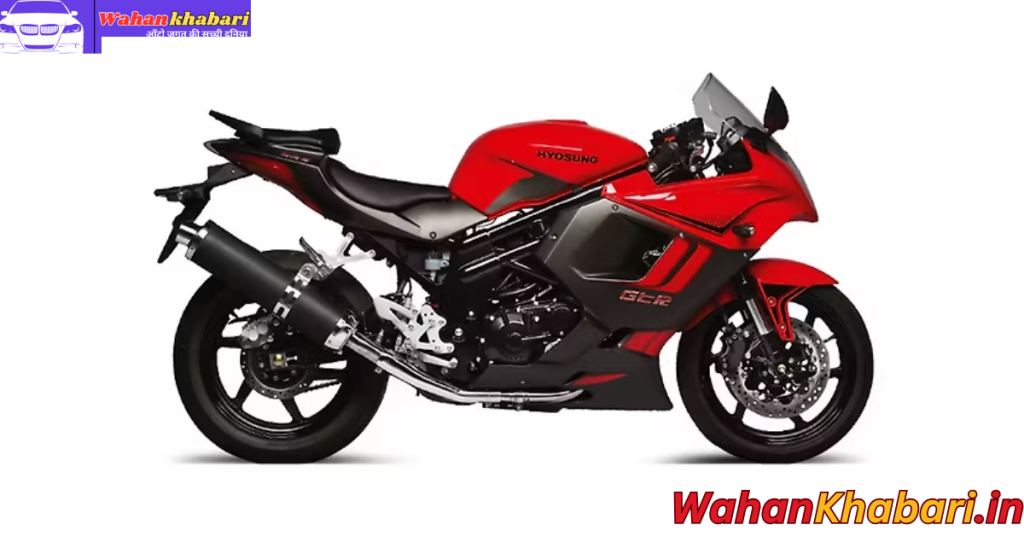
3. Strengths Worth Celebrating
- Value for Money: Offers V‑Twin charm at lower prices versus Japanese competitors.
- Style & Engine Character: Eye‑catching designs and robust engine notes — especially the GT650 and Aquila cruisers.
- Beginner‑Friendly Options: 125/250 models provide accessible entry into V‑Twin riding.
4. Challenges That Hold Back the Momentum
| Issue | Description |
|---|---|
| Parts & Service Scarcity | Dealers and mechanics often don’t stock Hyosung parts, and they’re no longer officially imported in markets like India and Australia. |
| Early Quality Concerns | Older models (pre‑2010) faced build quality and reliability issues; later ones improved but remain “mediocre” . |
| Marketing & Support Gaps | Lack of robust marketing and local dealership networks diminishes brand presence . |
5. The India Case: A Tale of Peaks & Valleys
Hyosung entered India in 2003 via partnerships (Kinetic, Garware, DSK), introducing models like Comet/GT250R and Aquila 250/650. Prices ranged from ₹3 – 5.5 lakh, assembly was local, and they sold around 7,000 units before pulling out. While enthusiasts praised build and V‑Twin feel, complaints over spare part shortages and erratic service meant few survived long-term.
6. Should You Consider a Hyosung?
✅ Yes, if you want:
- A V‑Twin experience on a budget (look at used 2010+ models).
- Something distinctive that stands out among Japanese mid‑range bikes.
❌ No, if you value:
- Reliable after‑sales, spare parts, and easy servicing: Japanese brands lead here.
- Higher resale value and strong brand support.
Final Verdict
Hyosung bikes offer a compelling combination of style, V‑Twin charm, and affordability — especially in models like the GT650 and Aquila series. But the allure comes with compromises: sporadic support, parts scarcity, and a legacy of quality concerns. If you’re a hands-on rider ready to navigate supply issues for the sake of uniqueness and value, Hyosung could be a rewardingly bold choice. For most others, established Japanese brands remain the pragmatic pick.

Hello, my name is Muskan Kumari and I am an experienced Digital Marketer. I have been blogging for the last 3 years and I have special interest in SEO. Here I give you easy bikes and writes easy-to-understand reviews and news about the latest bikes, helping readers choose the best options.. My aim is to always provide you with accurate, new and useful information.
